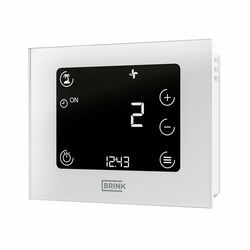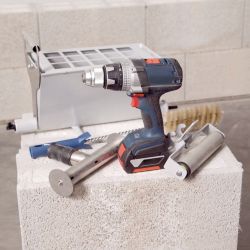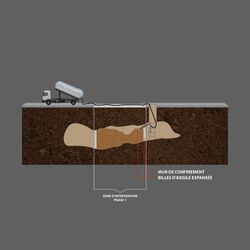The results are eloquent: with on average nearly 50% of accommodation considered to be energy sieves, against 16,9% on national average - and up to 90% in some of them - most ski resorts will be hit hard by the ban on renting from 2023 but especially in 2028. State of play of the situation.
Up to 90% F or G accommodation in certain ski resorts!
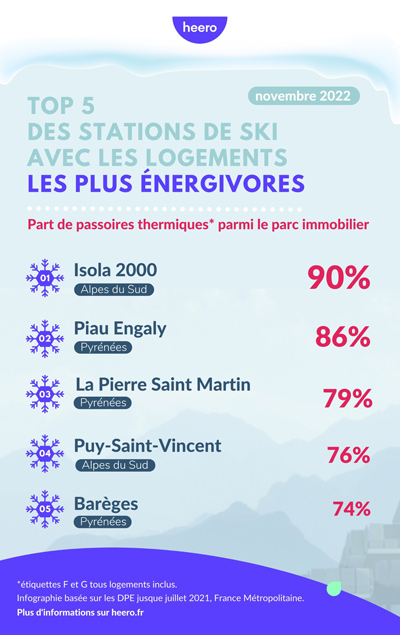 As the winter season is about to begin, Heero, a fintech specializing in support for energy renovation and the analysis of territorial data, has studied the energy performance of housing in 70 ski resorts, both in the Alps, the Massif Central , Vosges, Jura and Pyrenees (full classification attached). The finding is alarming. While in France, 16,9% of homes are considered energy sieves, the ski resorts studied have an average of 50% of homes with an energy performance diagnosis F or G! And in 30 resorts out of 70, more than half of the accommodations are energy sieves, with high differences depending on the massifs and the resorts: the share of energy-intensive accommodation thus goes from 15% to Bellefontaine in the Jura, the most economical resort in the ranking, 90% of housing considered as energy sieves in Isola 2000, yet in the Southern Alps!
As the winter season is about to begin, Heero, a fintech specializing in support for energy renovation and the analysis of territorial data, has studied the energy performance of housing in 70 ski resorts, both in the Alps, the Massif Central , Vosges, Jura and Pyrenees (full classification attached). The finding is alarming. While in France, 16,9% of homes are considered energy sieves, the ski resorts studied have an average of 50% of homes with an energy performance diagnosis F or G! And in 30 resorts out of 70, more than half of the accommodations are energy sieves, with high differences depending on the massifs and the resorts: the share of energy-intensive accommodation thus goes from 15% to Bellefontaine in the Jura, the most economical resort in the ranking, 90% of housing considered as energy sieves in Isola 2000, yet in the Southern Alps!
For Romain Villain, CEO of heero: "The most energy-intensive ski resorts, those with more than half of energy sieves in their housing stock, are mainly located in the Pyrenees and the Alps, whereas, on the contrary, those with the lowest share of housing F or G, less than a third of the stock, are found more in the Vosges, the Jura and the Massif Central. Several factors are involved: the altitude, the geographical area, the age of construction of the buildings, with an ecological and economic impact to be expected in the years to come that is very different depending on the resorts and the massifs. »
Significant differences linked to different climatic and architectural factors, etc.
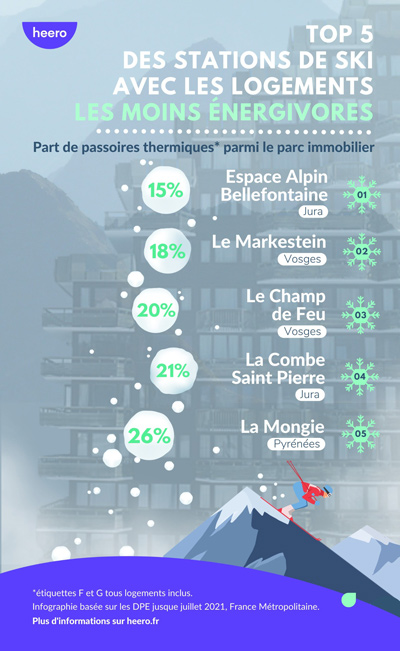
French ski resorts, both in the Alps and the Pyrenees, began to emerge in the 20s, notably the resort of Megève in the Alps or Barèges and La Mongie in the Pyrenees, then in the 45s.
Courchevel 1850 was the first high-altitude resort built on a virgin site in 1. The major development phase of ski resorts then took place in the 1946s and 60s with the Snow Plan and the construction of ever higher resorts in altitude - such as La Plagne, Les Menuires, Les Arcs - mainly composed of apartments in residences built quickly, before the first thermal regulations, subject to harsher temperatures, with sometimes insufficient insulation and not always efficient heating systems. It was not until 70 that the first thermal regulations set the objective of reducing the energy consumption of new buildings by 1% by limiting heat loss, with in particular the imposition of the installation of a thin layer of thermal insulation and the installation of heating thermostats.
For Romain Villain: “The history of French winter sports resorts is made in several stages. First born from an existing village, the ski resorts have gradually industrialized to set up on virgin sites both to be closer to the ski area but also to be able to build more buildings, with a problematic more practical and aesthetic than energetic at that time. Today, many resorts built in the 70s find themselves faced with the need to maintain, or even massively renovate, their housing stock, which has become aging, otherwise they will no longer be able to rent it. »
It was from the 80s that we began to build lower resorts, better integrated into the landscape with chalets divided into apartments, often of better quality, and less energy-consuming compared to the ski resorts of the 70s.
But beyond the periods of construction and urbanization of the massifs, the differences according to the massifs are probably linked to altitudes. The Jura, the Vosges and the Massif Central are generally less subject to extreme conditions - both in terms of the climate currently used in the ECD but also at the time of construction, which is thus easier than in the Hautes Pyrénées for example , with potentially lower costs and therefore higher quality constructions or materials. The construction conditions and materials therefore have a strong impact beyond the age of the stations.
Note: the DPE calculation method can also have a significant impact on the poor energy performance of ski resorts. Indeed, the DPE measures energy consumption per m2. Studios and small apartments, very common in the mountains, are therefore more strongly penalized than large apartments, because they consume proportionally more energy in relation to their surface area, with the same heating equipment for example.
Soon fewer properties to rent in winter sports resorts: another economic difficulty they will have to face
From this season, some ski resorts could be impacted by the Climate Law given the state of their housing stock. Indeed, from January 1, 2023, housing G with an ECD indicating consumption greater than 450 kWh per m2 will be prohibited from rental. From January 1, 2025, all G-classified accommodation will be affected, then from January 1, 2028, F-classified accommodation will be removed from the rental stock and then those classified E from January 1, 2034.
For Romain Villain: “Basically, the Climate Law only concerned long-term rentals, but recently the Minister of Housing, Olivier Klein, indicated that vacation rentals and furnished tourist accommodation will also be affected, which will have a very negative impact for ski resorts which are likely to see their rental stock halve on average from 2028, i.e. in just 5 years! Because for some of them, it will be materially impossible to renovate all the housing concerned by then…”
Fortunately, some regions are already launching initiatives and aid to improve the performance of resorts. In Auvergne Rhône Alpes, for example, Laurent Wauquiez, the President of the Region, has set up a new plan for the mountains of 100 million euros, including 10 million euros devoted to the renovation of leisure buildings and holidays especially…
Renovating your property, a cost for owners of second homes or landlords, but the possibility of obtaining aid!
Contrary to popular belief that aid is often reserved for buyers of main residences, there are measures for second homes or investments but they are of course insufficient, even though these are the most constrained by the Climate Law and are in the front line to renovate properties in the coming years.
- The energy saving certificate (CEE): the accommodation must be more than 2 years old and the work must be carried out by an RGE craftsman. The amount depends on the work carried out and the geographical area. Example: up to €25 aid per m² for attic insulation
- MaPrimeRénov': the accommodation must be over 15 years old and the work must be carried out by an RGE craftsman. The scheme is eligible for up to 3 dwellings per landlord. The amount is calculated according to income and the ecological gain of the work, with possible bonuses of €500 to €1500 if the work makes it possible to get out of the thermal sieve status.
Based on knowledge of more than 150.000 energy renovation works, Heero estimates the average budget for energy renovation at €450 per m2 to gain one or two classes of DPE.
Some examples of quotes:
- Installation of a double flow CMV: between €4.000 and €5.000
- Insulation of the walls from the inside: between 60 and 120 € / m²
- Wall insulation from the outside: between 80 and 120 € / m²
For Romain Villain: "It is certain that carrying out renovation work has a cost, and that in ski resorts certain work can be complicated by the altitude, by the existing architecture or by the size of the apartments, which are often already small, not necessarily allowing interior insulation. Some work will also have to be carried out at the level of the condominiums, particularly with regard to the heating system, and for this, an energy audit of the buildings is an essential prerequisite. »
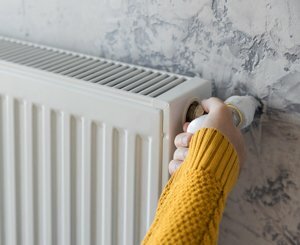 71% of French people admit to not really understanding the different heating systems
71% of French people admit to not really understanding the different heating systems
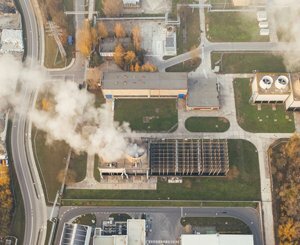 Greening the economy and society: the ambitious trajectory of the just transition
Greening the economy and society: the ambitious trajectory of the just transition
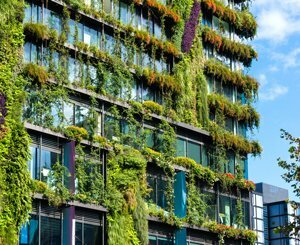 What steps for an efficient energy transformation of the building?
What steps for an efficient energy transformation of the building?
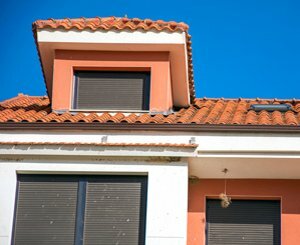 A report on anticipating the effects of +4°C warming reaffirms the need for housing adaptation
A report on anticipating the effects of +4°C warming reaffirms the need for housing adaptation
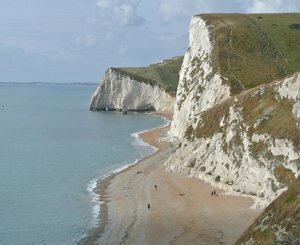 Coastal erosion: Béchu presents national scenarios and national maps, as well as the consequences for coastal territories
Coastal erosion: Béchu presents national scenarios and national maps, as well as the consequences for coastal territories
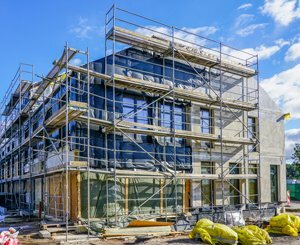 Adaptation to climate change: a report attempts to estimate the heavy investments required and the building is on the front line
Adaptation to climate change: a report attempts to estimate the heavy investments required and the building is on the front line
 Building and real estate: a sector plagued by crises but whose ecological transition is underway
Building and real estate: a sector plagued by crises but whose ecological transition is underway
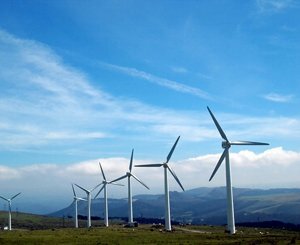 As the world burns more fossil fuels than ever, persistent obstacles hamper the race for renewable energy
As the world burns more fossil fuels than ever, persistent obstacles hamper the race for renewable energy
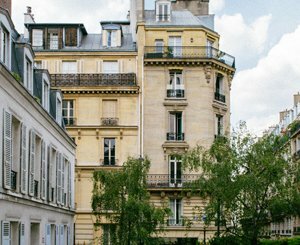 Old property prices are still falling but a recovery is taking shape
Old property prices are still falling but a recovery is taking shape
 Laurent Galloux, new director of Sika France
Laurent Galloux, new director of Sika France
 AI is already revolutionizing businesses in architecture, engineering, construction... according to Autodesk's "State of Design & Make" study
AI is already revolutionizing businesses in architecture, engineering, construction... according to Autodesk's "State of Design & Make" study
 The slowdown in the decline in mortgage rates continues
The slowdown in the decline in mortgage rates continues
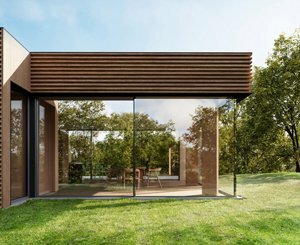 Cero IV minimalist sliding door by Solarlux: light as the protagonist
Cero IV minimalist sliding door by Solarlux: light as the protagonist
 EduRénov Plan: Rockwool unveils its Guide to successful energy renovation of school buildings
EduRénov Plan: Rockwool unveils its Guide to successful energy renovation of school buildings
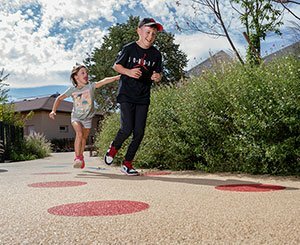 Hydro'Way, Eco'Urba, StabiWay and Baltazar... permeable floor covering solutions from JDM Expert
Hydro'Way, Eco'Urba, StabiWay and Baltazar... permeable floor covering solutions from JDM Expert
 A new low-carbon C2S1 glue enters the “Responsible & Sustainable” range offered by PRB
A new low-carbon C2S1 glue enters the “Responsible & Sustainable” range offered by PRB


 As the winter season is about to begin, Heero, a fintech specializing in support for energy renovation and the analysis of territorial data, has studied the energy performance of housing in 70 ski resorts, both in the Alps, the Massif Central , Vosges, Jura and Pyrenees (full classification attached). The finding is alarming. While in France, 16,9% of homes are considered energy sieves, the ski resorts studied have an average of 50% of homes with an energy performance diagnosis F or G! And in 30 resorts out of 70, more than half of the accommodations are energy sieves, with high differences depending on the massifs and the resorts: the share of energy-intensive accommodation thus goes from 15% to Bellefontaine in the Jura, the most economical resort in the ranking, 90% of housing considered as energy sieves in Isola 2000, yet in the Southern Alps!
As the winter season is about to begin, Heero, a fintech specializing in support for energy renovation and the analysis of territorial data, has studied the energy performance of housing in 70 ski resorts, both in the Alps, the Massif Central , Vosges, Jura and Pyrenees (full classification attached). The finding is alarming. While in France, 16,9% of homes are considered energy sieves, the ski resorts studied have an average of 50% of homes with an energy performance diagnosis F or G! And in 30 resorts out of 70, more than half of the accommodations are energy sieves, with high differences depending on the massifs and the resorts: the share of energy-intensive accommodation thus goes from 15% to Bellefontaine in the Jura, the most economical resort in the ranking, 90% of housing considered as energy sieves in Isola 2000, yet in the Southern Alps!

